tie dye fashion history
Because of the manual process of tie-dyeing no two designs are exactly the same. The term tie-dye which describes a process of folding twisting or crumpling a textile before tying it with string or rubber bands and then applying dyes entered the mainstream lexicon in America in the 1960s.

Scs Vogue Italia 1970 Brushstrokes Full Of Imagination Tie Dye Fashion Shibori Fashion Tie Dye Outfits
Yep weve gone way back in the time machine here.

. In the early 70s tie-dye was widely related to the Hippie movement as its psychedelic form. Unlike many inventions from necessity tie-dye has been a purely cultural invention. The manipulations of the fabric before the application of dye are.
Tie-dye became a mainstream fashion starting in the 1990s. Indian cultures practised the technique of bandhani a type of early Tie Dying used to decorate textiles. He liked it so much that he decided to give a lecture and a live demonstration of the technique and how to make your own.
Tie and Dye is an invitation from generation to generation to a kaleidoscope of fashion an Indian legacy. Aside from the trends the history of tie dye is still important culturally. These are the most notable tie dye decades but tie dye is renewed each decade.
Despite its close association with Jerry Garcia VW microbuses and the Summer of Love tie-dye is neither a Western invention nor a product of the 1960s. Tie-dye is a term used to describe a number of resist dyeing techniques and the resulting dyed products of these processes. The term bandhani itself comes from the sanskrit verb bandh which means to to tie.
Tie-dyed garments as we know them today took off in the 1960s and have been a symbol of hippy culture ever since. For centuries African artists have used the tie-dye technique to produce vivid fabrics for garments and home decor. Beginning with a base fabric intricate patterns are deftly created by winding or tying string or small strips of grass to form a resist.
Tie-dye was adopted by an entire generation of rebellious youth making the style a symbolic representation of peace worn by the free-spirited. Tie-dye history in this country begins with WWII. The late 1960 to early 1970s is when tie-dye was first popularized in the United States.
It dates back as far as 4000 AD and was practiced by ancient civilizations in India China and Peru. We would like to show you a description here but the site wont allow us. They fought Germany as teenagers and came back to become fathers.
The history of tie-dyed shirts dates back to ancient China though many people still associate them with Woodstock and the hippie lifestyle from the 1960s. History Of Tie-Dye Fabric dyeing has been around for hundreds of years but it wasnt until the hippie movement of the 1960s that the term tie-dye became synonymous with the process of resist-dyeing fabrics that produces the amazing multi-colored t-shirts and other garments and fabrics that we know as tie-dye today. Currently tie-dye uses fiber reactive and weak acid dyes to.
Dye can only penetrate loose fabric and when portions are bound off by string rocks clothes pegs or rubber bands the dye cannot reach that part of the fabric. Origin Of Tie And Dye The origins of this craft are hard to trace to any given region. Your clothing can be a form of protest.
Tie Dye In The Western World Tie dye was introduced to the US in 1909 by Professor Charles E Pellew. The possibilities are endless. If the past few years are any indication it seems that tie dye is making another resurgence in the 2020s with more minimalistic and pastel designs.
The process of tie-dye typically consists of folding twisting pleating or crumpling fabric or a garment before binding with string or rubber bands followed by the application of dye or dyes. While the scrap of cotton fabric is nearly old and its design has nearly faded when it was discovered in 2007 archaeologists could still. In earlier centuries the process was not called tie-dye but came to be known as that because of the process of tying off sections of garments with string or rubber bands to make unique pattern designs.
Tie-dye was once authentic says Alistair ONeill professor of fashion history and theory at Central Saint Martins. Many of the symbols youll see in African tie-dye come from the various cultures in Africa. Tie-dye quickly became a trend and could be seen on the streets and on television.
The earliest expressions of Tie Dye The artform of Tie Dye goes back as far as 4000 BCE. Tie dye became a popular way to protest the Vietnam war and the status quo. While that is correct in the history of tie-dye its roots go back deeper into history.
Much like a fingerprint. Arts and artisans passed their crafts to their kids and wearers and collectors passed along the towel as an heirloom a precious watchtower. The anti-war movement at the time created a high demand for colored flashy and extravagant clothing to represent defiance from authority.
In Asia the controlled intricate patterns are representative of a dedication. He had been studying the different styles and managed to acquire some samples of muslin that had been dyed. Tie dye became popular as an idea.
The concept is simple. It most notably reappeared in American fashion in the 1980s and again in the late 2000s. The patterns are achieved by knotting or twisting the fabric before dipping or painting it in dye.
Some original tiedye designs made on silk or rayon however were considered fashionable artwork and sold at high prices in designer boutiques. The simple technique of tying up a piece of cloth before applying dye was enhanced upon by artisans in the 1960s and 1970s and spiral patterns in neon Day Glo colors became the signature of tie-dye for decades to come. Tie dye was popular in the 1960s as Protest Art then as Pop Fashion in the 70s.
Those who fought the war had become parents without really knowing how in a lot of cases. Tie-Dye Tie-dye is one of the oldest forms of fabric manipulation and design. Unlike the tie-dye of the 1960s this modern tie-dye was often mass-produced and sold in retail shops at large malls.
Nearly every culture in the world has a different version of tie-dye but it seems most popular in. Along with love beads sandals and military jackets embellished with peace signs tie-dye is one of the most indelible symbols of 1960s hippie style. When most people think of tie-dye they think of the garishly toned and overly-bright fabric creations from the 1960s.
The 1950s was a period of strict guidelines. Evidence shows that tie-dye was a practice in the Pre-Columbian era as far as the Late Stone Age from 500 to 810 AD. Nowadays a simpler 2-tone tie-dye is trending on everything from sweatsuits to beach cover-ups to baby clothes.
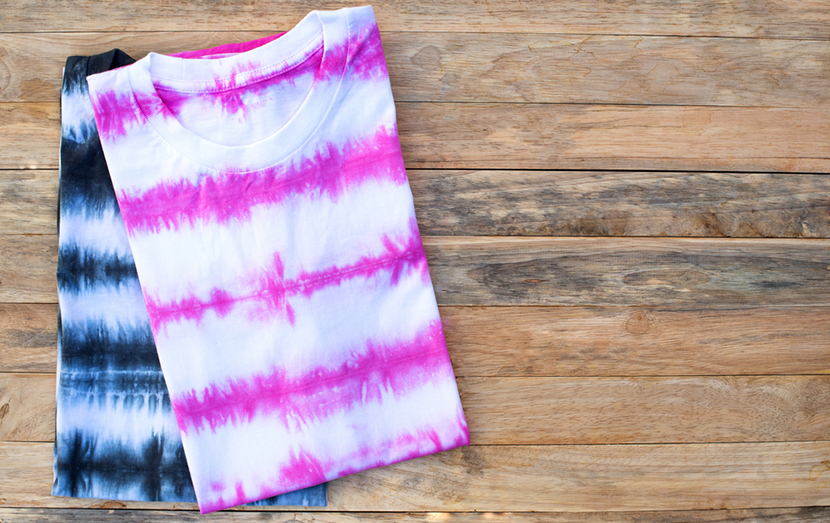
The Entire History Of The Tie Dye Shirt Updated July 2020 The Adair Group
The History Of Tie Dye Hautelist
/cdn.vox-cdn.com/uploads/chorus_asset/file/19056453/GettyImages_1157598120.jpg)
Tie Dye Why It S Back In 2019 Vox
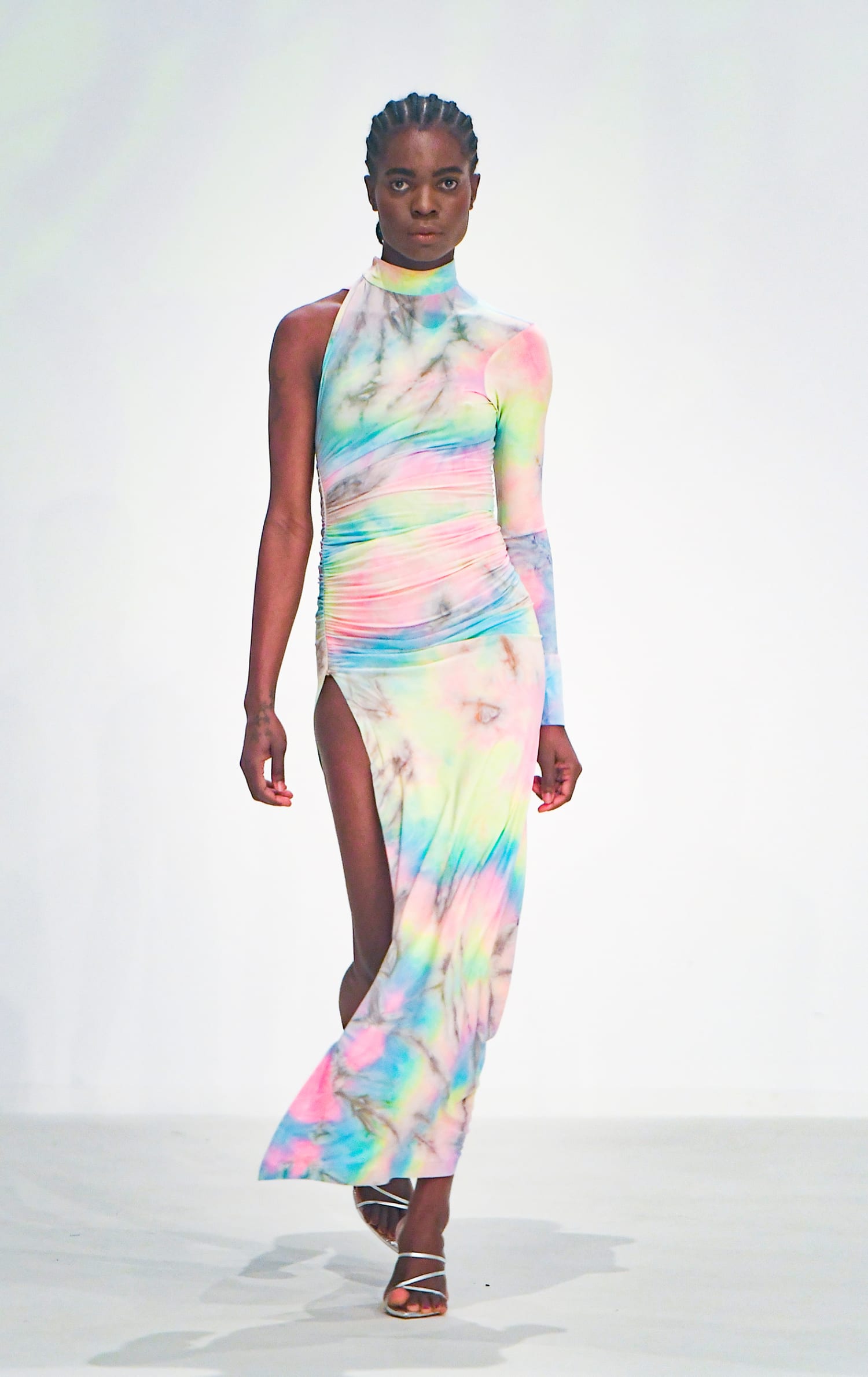
Tie Dye Is Making A Major Comeback Right Now Here S Why
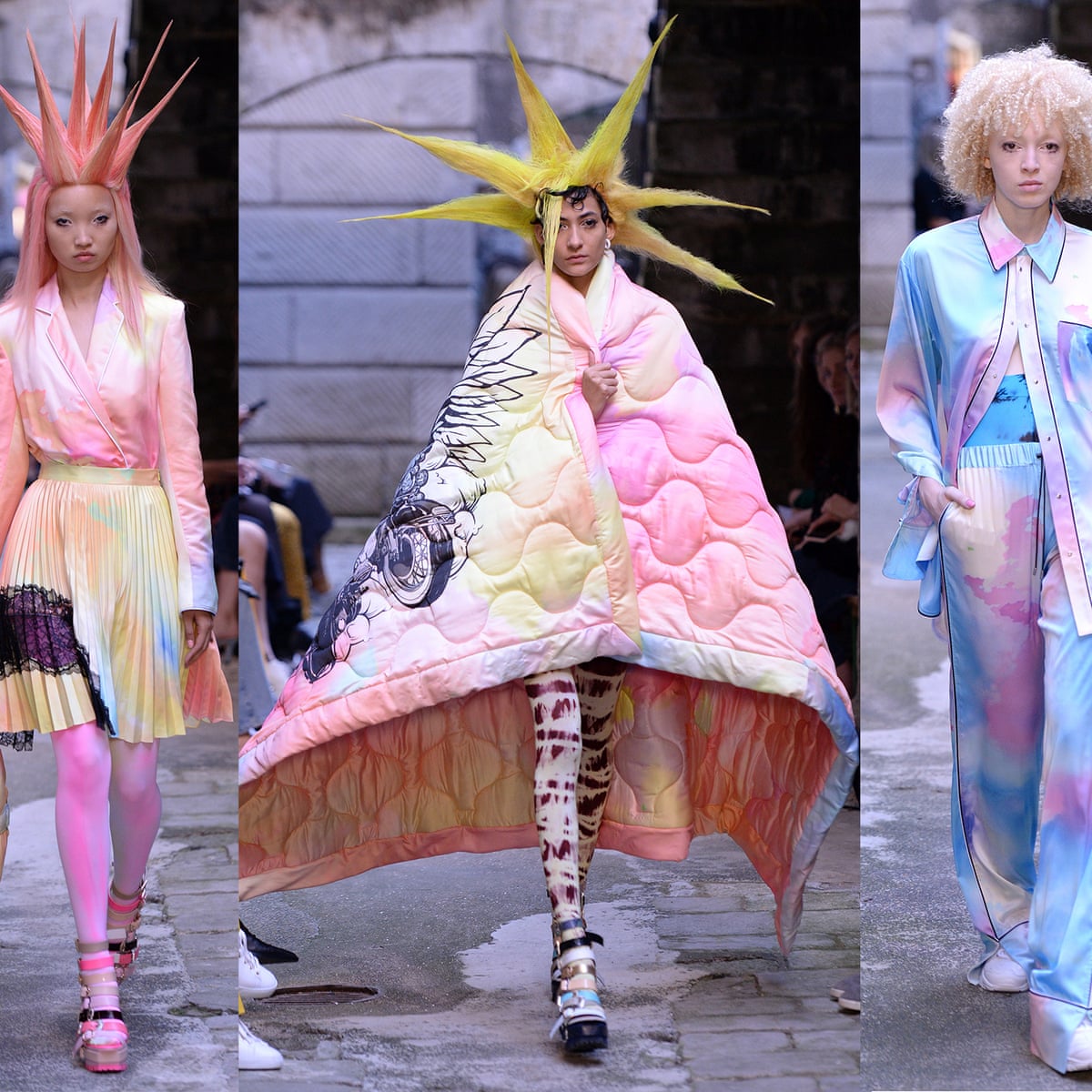
Tie Dye For How To Give Old Clothes A Radical Makeover Video Fashion The Guardian
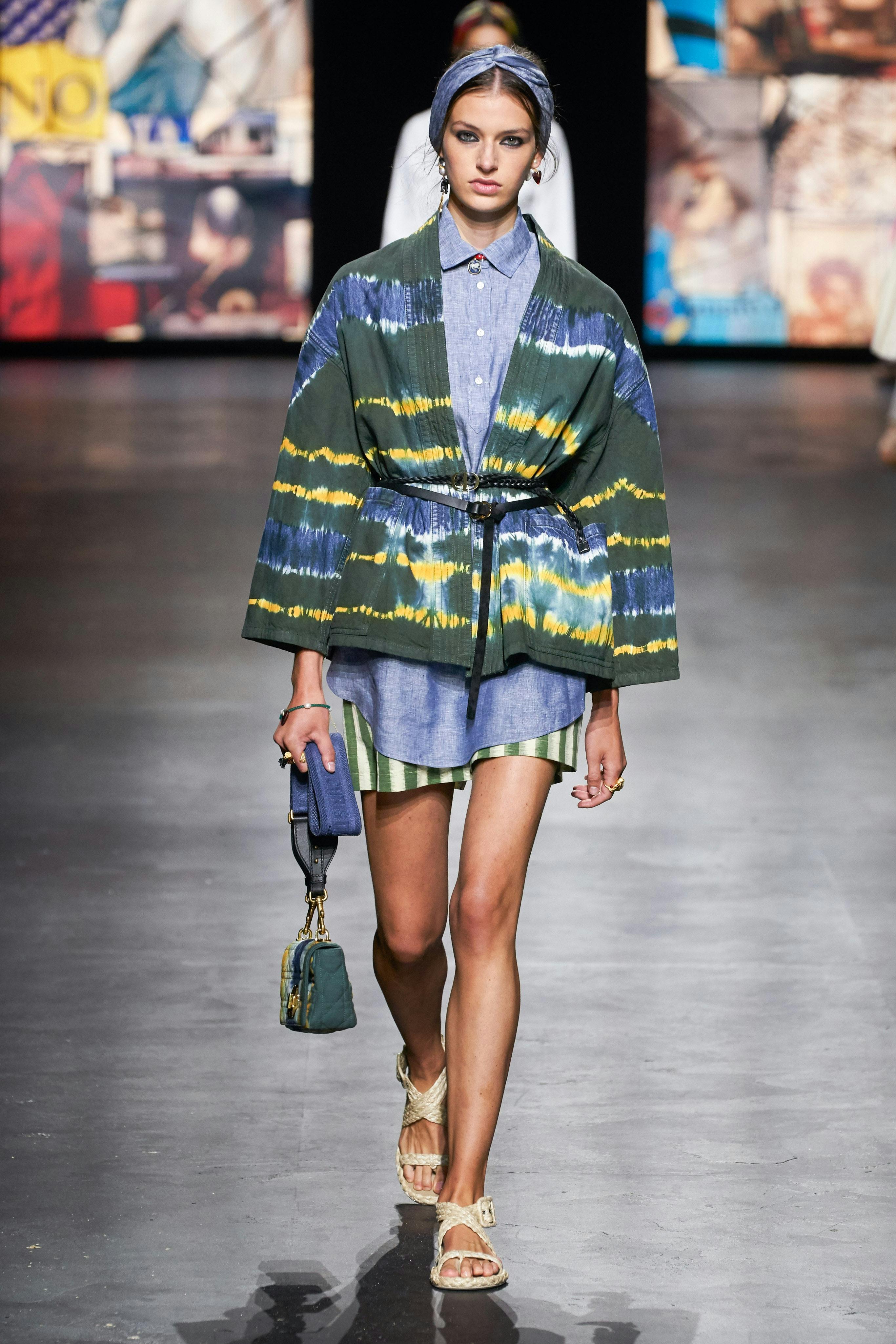
From Hippies To Haute Couture The History Of The Tie Dye Trend Tie Dye Fashion

How Tie Dye Is Helping Fashion To Beat The Pandemic Blues Wwd
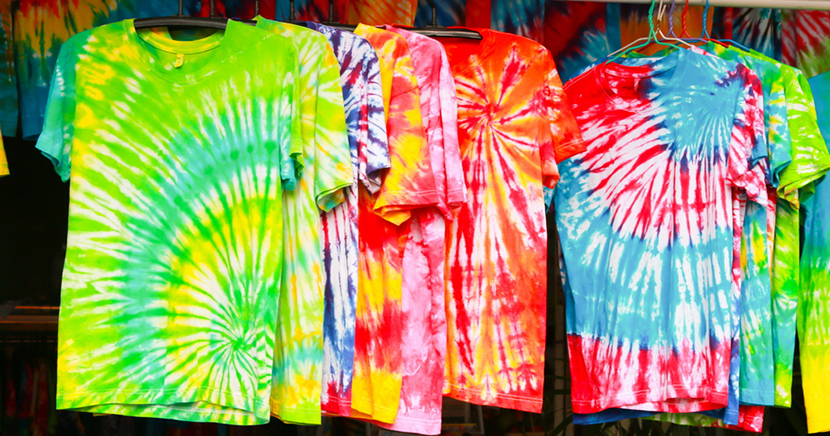
The Entire History Of The Tie Dye Shirt Updated July 2020 The Adair Group
Comments
Post a Comment